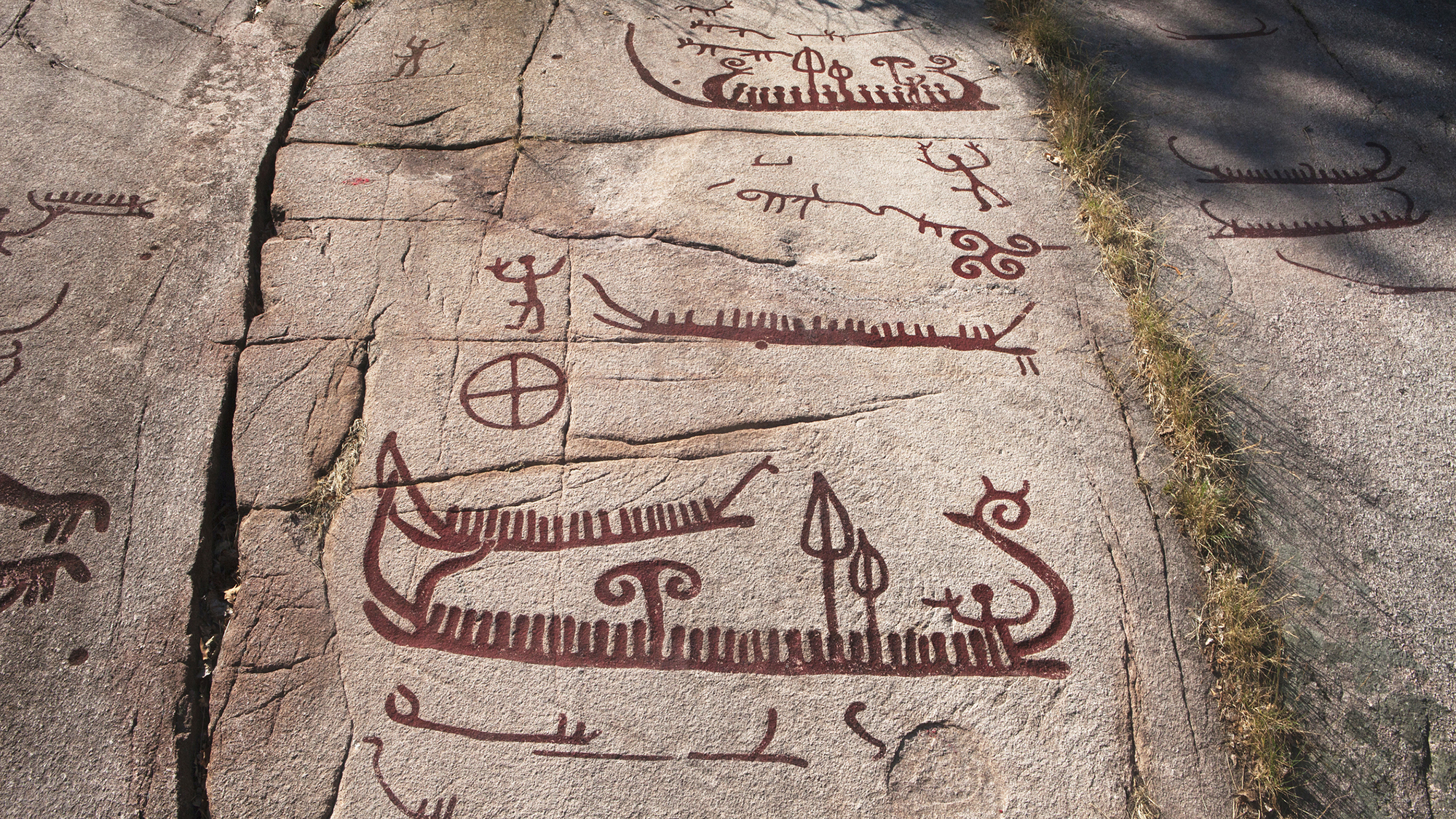

This article was originally featured on Hakai Magazine, an online publication about science and society in coastal ecosystems. Read more stories like this at hakaimagazine.com.
Long before their Viking successors wielded naval prowess to conquer distant lands, boats were at the heart of life in Scandinavia. Tens of thousands of depictions of prehistoric ships have been discovered adorning rocks across the region now encompassing Norway, Sweden, and Denmark. Despite this, little evidence remains of how or where people actually built these vessels. Now, new research by Mikael Fauvelle, an anthropological archaeologist at Lund University in Sweden, suggests the historical remains of this mighty maritime construction industry have already been discovered—scientists were just looking at them wrong.
During the Nordic Bronze Age, from around 2000 to 500 BCE, commodities of all kinds flowed in and out of northern Europe through long-distance trade networks that stretched across the continent. That includes the era’s eponymous bronze, which evidence suggests was smelted from tin and copper mined as far afield as Spain and the British Isles.
“It’s increasingly apparent,” says Fauvelle, that “a lot of these trading trips had to take place over the ocean.”
Wood generally doesn’t preserve well in watery environments, so Bronze Age Scandinavian boats are (pretty much) all gone. Instead, Fauvelle and his colleagues looked for the archaeological signatures that boatbuilding left at other sites around the world. Based on previous ethnographic and archaeological evidence, one telltale sign is the existence of pits that show evidence of people using fire to hollow out trees, expand and shape wood, and build and repair boats.
In British Columbia and other parts of North America, says Fauvelle, fire pits were widely used by Indigenous peoples for boatbuilding, including to create steam for bending wood—a traditional technique documented around the world that persists today. Likewise, says Ben Jennings, an archaeologist at the University of Bradford in England who wasn’t involved in the research, early Scandinavians likely constructed their distinctive dugout and plank-built boats using a variety of burning and steaming methods.
As it happens, the Scandinavian coast is peppered with pits that date to the Bronze Age and contain remnants of charcoal, soot, burnt wood, and stones cracked by fire. Archaeologists have long known about these pits but assumed they were used for cooking food. But, as Fauvelle and his colleagues note in their paper, many are located on long beaches, where it would have made sense to build boats, and next to sites that experienced deforestation during the relevant period.
Jennings says reclassifying some of these supposed cooking pits as Bronze Age boat-building sites is a particularly compelling idea given that the pits lack any clear evidence of food preparation, such as pottery fragments, animal bones, or charred grain.
Sara Rich, a maritime archaeologist at Coastal Carolina University in South Carolina who wasn’t involved in the research, agrees that this reinterpretation seems entirely plausible. “We know people migrated and fished and traded all over Earth long before the Late Bronze Age,” she says. “Waterways connected diverse people groups more often than they separated them.”
This article first appeared in Hakai Magazine and is republished here with permission.